Pollution of the Street between Buildings CFD Simulation
$120.00 Student Discount
- The problem numerically simulates the Pollution of the Street between Buildings using ANSYS Fluent software.
- We design the 3-D model by the Design Modeler software.
- We Mesh the model by ANSYS Meshing software.
- The mesh type is Structured, and the element number equals 274,496.
- The Species Transport model is used to simulate the pollutant.
To Order Your Project or benefit from a CFD consultation, contact our experts via email ([email protected]), online support tab, or WhatsApp at +44 7443 197273.
There are some Free Products to check our service quality.
If you want the training video in another language instead of English, ask it via [email protected] after you buy the product.
Description
Pollution of the Street between Buildings CFD Simulation, ANSYS Fluent Tutorial
Description
Motor vehicles are a significant source of air pollution. The raised health risks associated with living close to roads are unlikely to be explained by PM2.5 mass since this is only slightly elevated near roads. In contrast, levels of such pollutants as ultrafine particles, carbon monoxide, NO2, black carbon, polycyclic aromatic hydrocarbons, and some metals are more elevated near roads.
Motor vehicles produce large quantities of carbon dioxide, carbon monoxide, hydrocarbons, nitrogen oxides, PM, and substances known as mobile source air toxics, such as benzene, formaldehyde, acetaldehyde, 1,3-butadiene, and lead.
This project uses a 3D simulation of buildings where a street is placed between them.
The geometry of the solution is a 3D rectangular domain whose length in X, Y and the Z direction is 40m and 20m, and 25m, respectively.
There are two buildings; the first is by the length of 3m, 3m, and 15m in positive X, Y, and Z directions. The second is 3m, 10m, and 15 in the same direction. Design Modeler software is used to create the geometry of the solution. ANSYS Meshing software is used to generate 274,496 structured elements.
This CFD project is the 12th episode of the ANSYS Fluent General Training Course.
Methodology: Pollution of the Street between Buildings
The simulation is steady, and the Pressure-based solver type is used due to the incompressibility of the working fluid. The gravitational acceleration effects are considered by defining 9.81 m/s^2 in the negative direction of Y. The Species Transport model is used to solve and model the pollution rising from the street.
Conclusion
At the end of the solution process, two-dimensional contours of pressure, velocity, and volume fractions of pollution and air are obtained. Also, the contours are visible every five iterations.
The static pressure at the left side of the buildings is high, while velocity rises after hitting the top of them. Also, the volume fraction of the pollution tends to the left building side because of the airflow movement between buildings.
The average of static pressure amount at the inlet is plotted as follows as a criterion to assure the convergence of the solution:
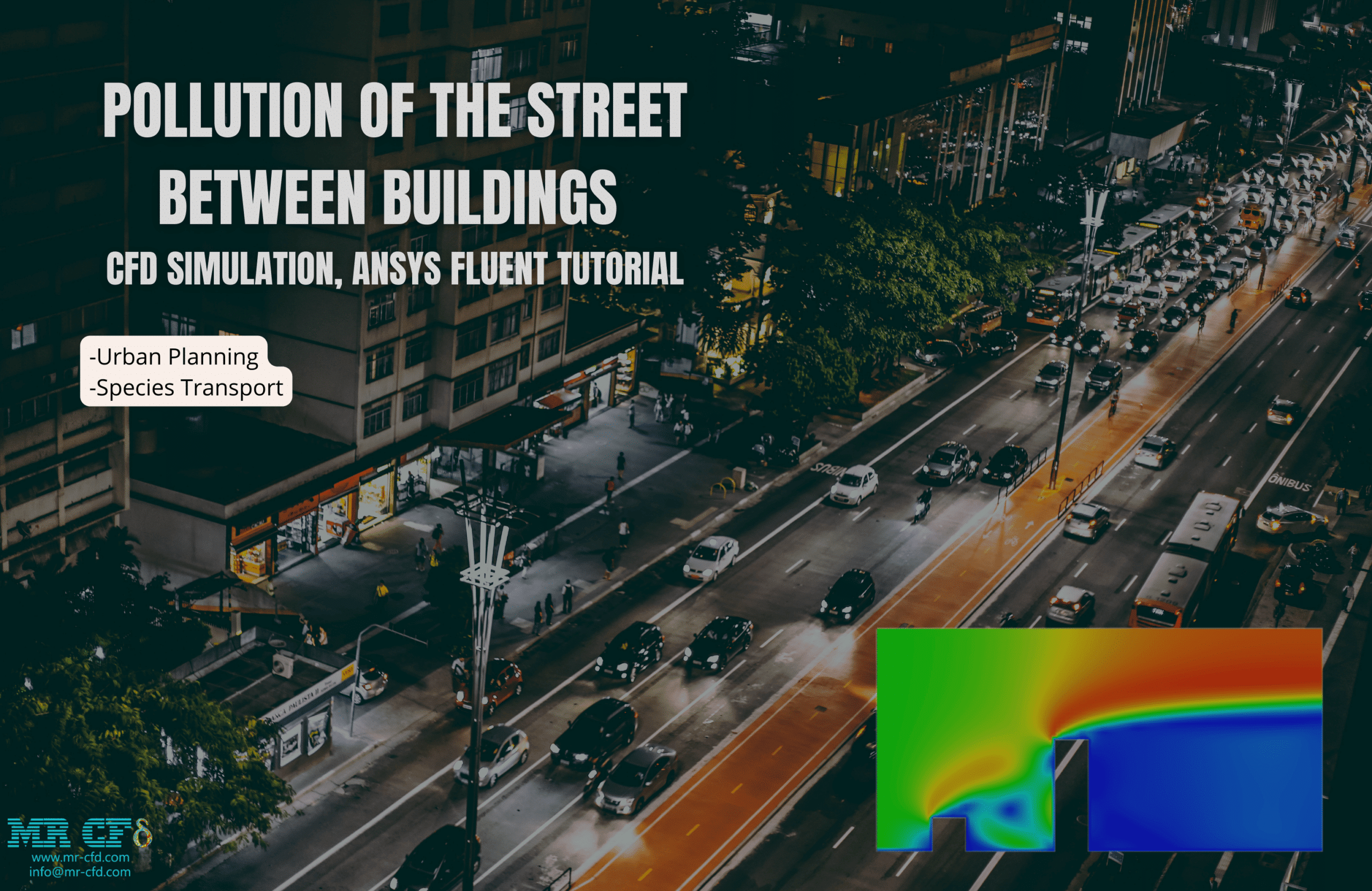
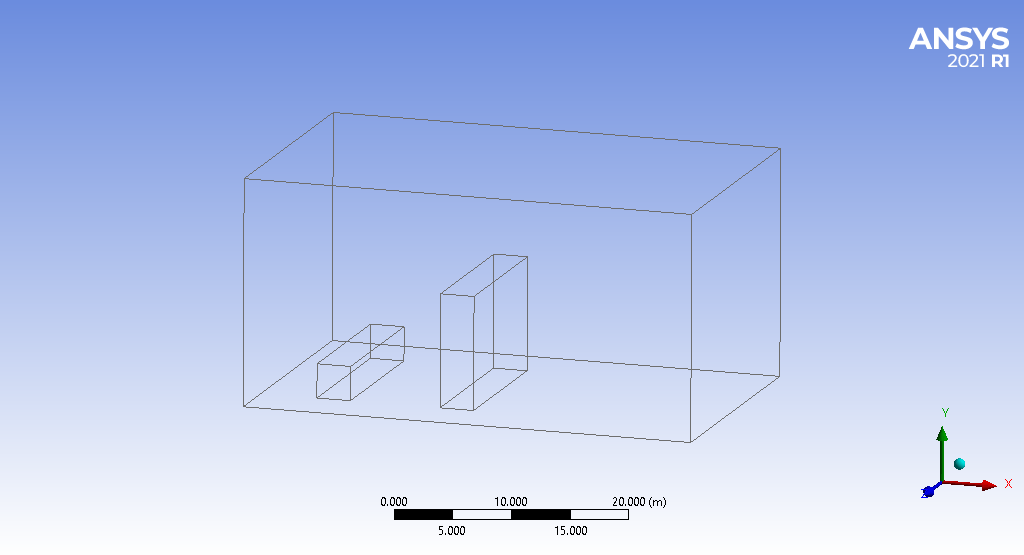
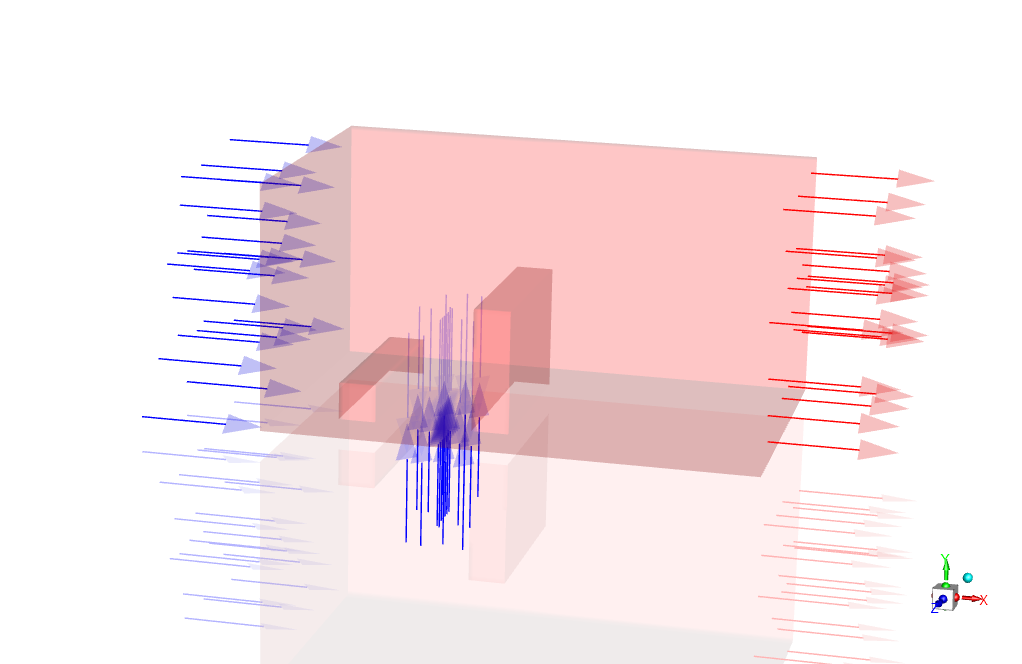
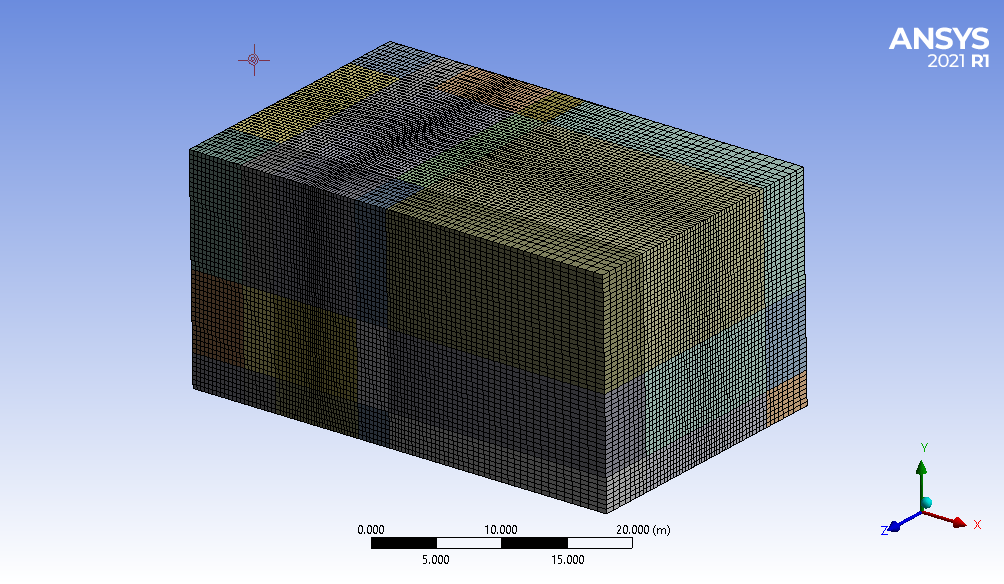
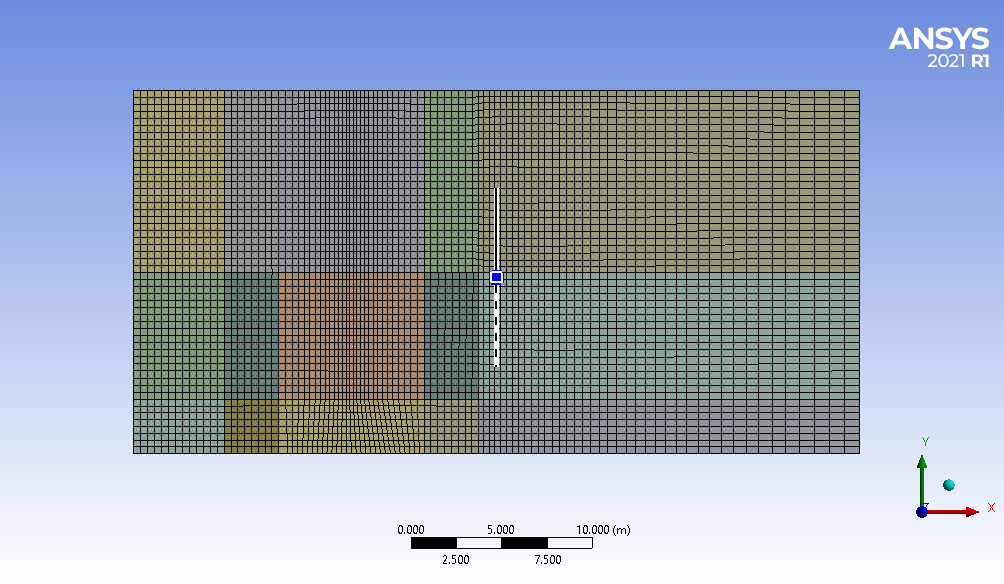

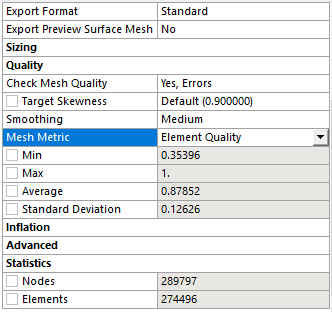
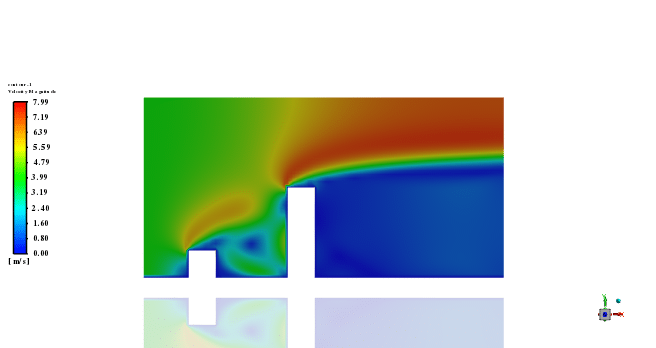
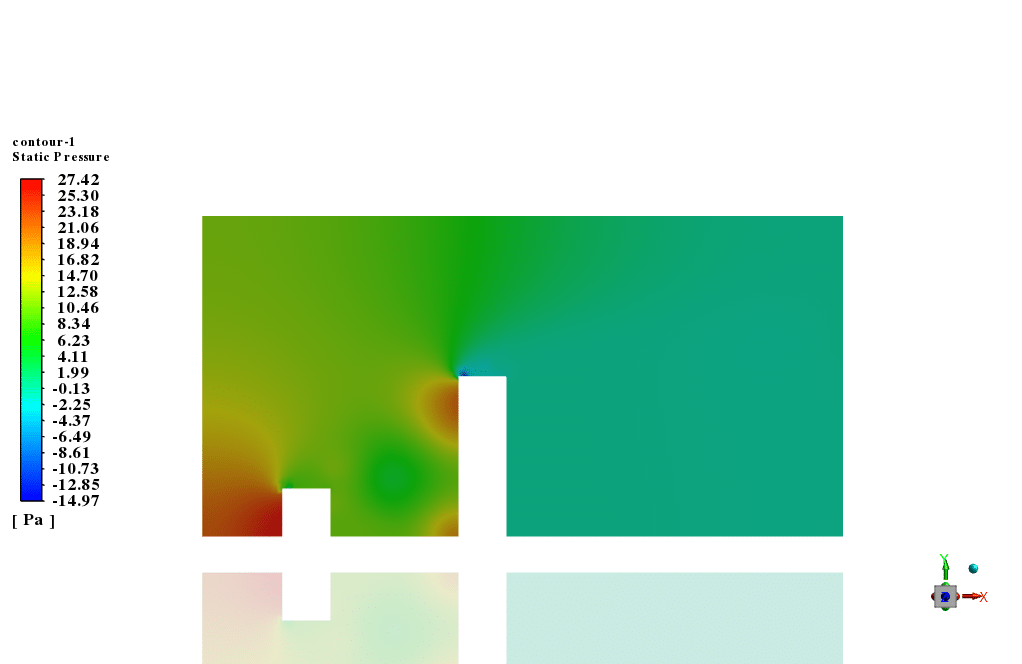

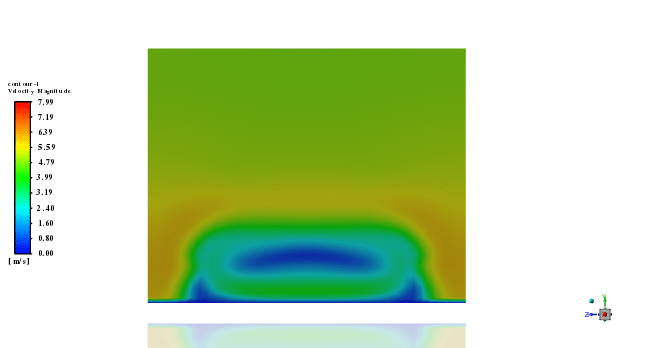
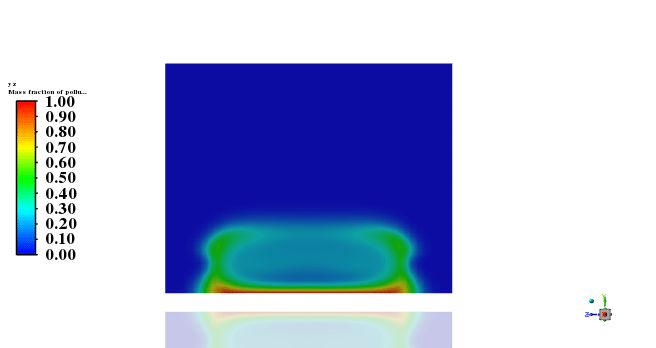
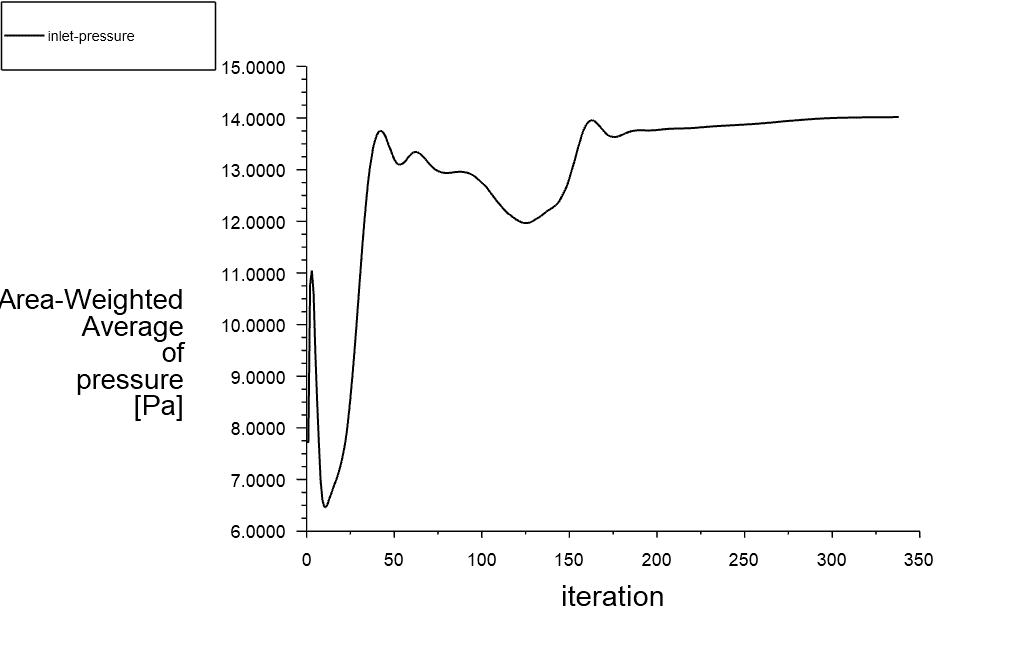

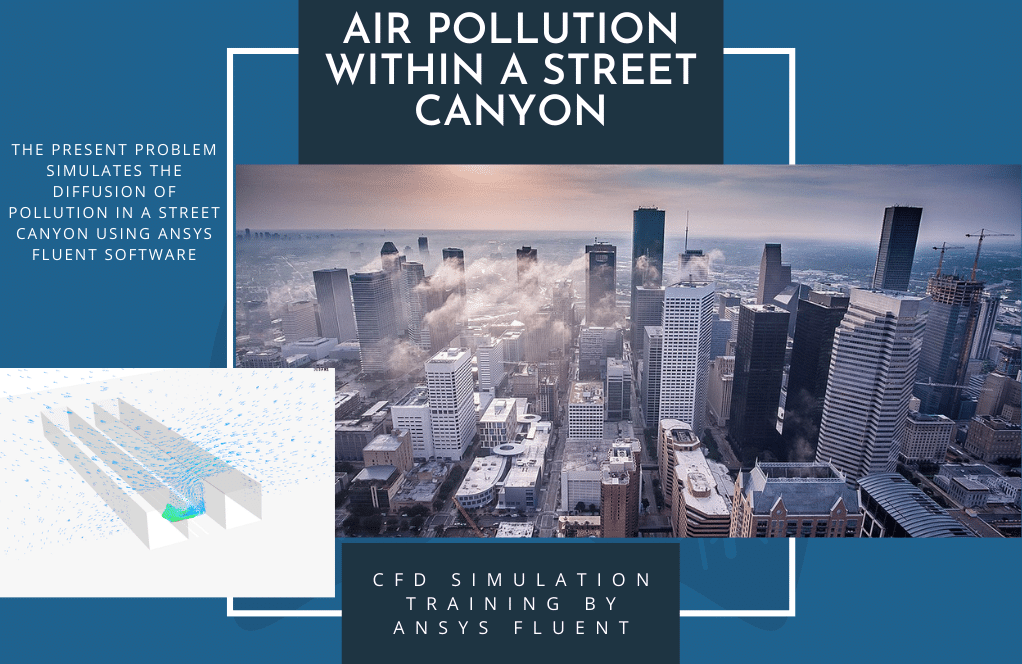

Tressa Kreiger –
This simulation seems really detailed. Are the results indicating whether certain building designs would create less pollution accumulation on the street level?
MR CFD Support –
In our simulation, we analyze airflow patterns and pollution dispersion between buildings, which indeed provides insights into how different building designs and street layouts can affect pollution accumulation. While the primary aim is to simulate existing conditions, the data can be utilized to explore alternative configurations that could potentially reduce pollution levels on the street level. It’s an excellent basis for urban planners and engineers to develop more efficient and healthier living spaces.
Brionna Hahn –
I truly enjoyed how comprehensive the tutorial on Pollution of the Street between Buildings was! The step-by-step process made it very easy to follow and I was able to understand how to set up the CFD simulation perfectly. The results were clearly detailed and it was fascinating to see the pollution dispersion in such a realistic urban environment. Great work on creating an engaging and informative tutorial!
MR CFD Support –
Thank you for the positive feedback on our tutorial! We’re thrilled to hear that it was both informative and easy to follow. We strive to create realistic simulations that can provide helpful insights, and we’re glad you found the results fascinating. If you have any more questions or need further assistance, feel free to reach out to us!
Edyth Greenholt –
I’m impressed by the comprehensive pollution analysis in this tutorial. The attention to detail is evident from the simulation of various airborne pollutants to the inclusion of the gravitational acceleration effects. Great work on integrating these variables to study the pollution dispersal in an urban street setting.
MR CFD Support –
Thank you for the kind words! We’re thrilled to hear that the tutorial met your expectations and provided you with a detailed understanding of urban air pollution simulation. It is always our goal to present thorough analyses in our learning products. We appreciate your feedback!
Ms. Elnora White –
I found the entire tutorial very insightful, especially the part where the air flow movement between buildings is demonstrated. Can you describe how effectively the tutorial addresses the dispersal of pollutants from the streets into and around the surrounding buildings?
MR CFD Support –
The tutorial effectively demonstrates the dispersal of pollutants by utilizing the Species Transport model, which highlights the behavior and interaction of pollutants with the airflow. Using this model, the tutorial shows detailed contour plots that visualize how pollutants move and spread within the air, influenced by the buildings’ geometry and the airflow patterns between them.
Helena Nader –
The project’s methodology mentions using the Species Transport model for pollution simulation. Could you explain which specific pollutants were tracked in this simulation and the rationale behind choosing those pollutants?
Ms. Roberta Pollich –
The tutorial sounds comprehensive, but I’m curious if I can model different pollutants separately, like NO2 or CO, to analyze their individual distribution patterns?
MR CFD Support –
Yes, you can model and analyze the distribution patterns of different pollutants separately. The Species Transport model, which is used in this simulation, allows you to define multiple species in the domain. You can inject each pollutant individually and track its concentration through the computational domain.